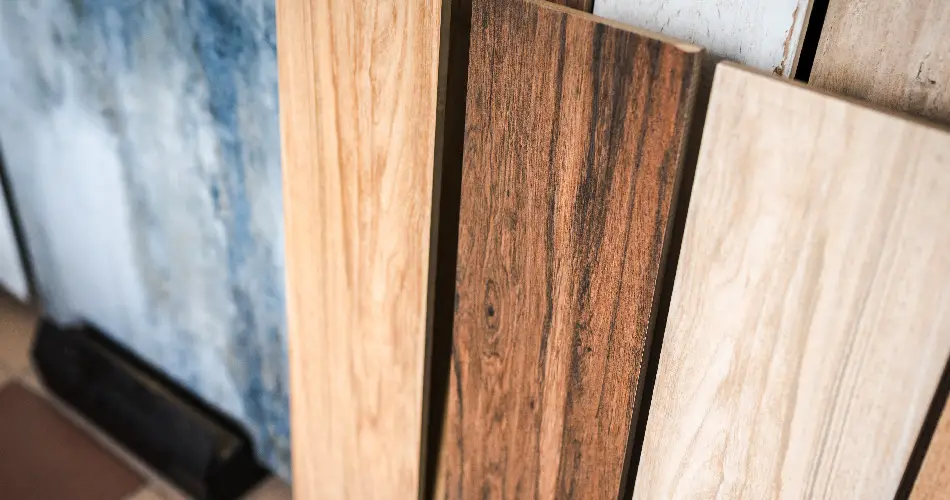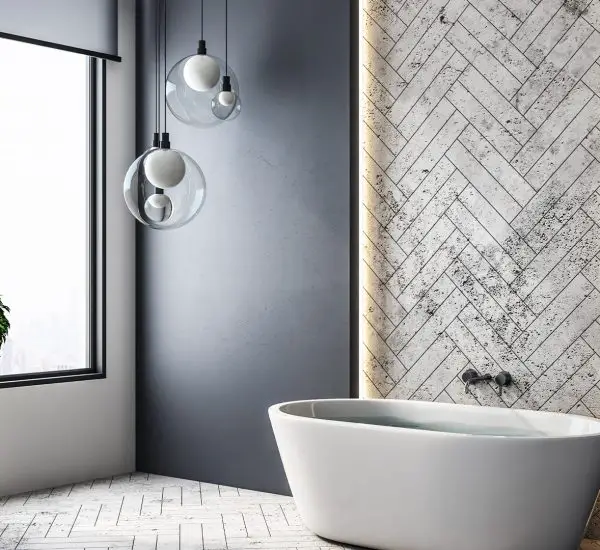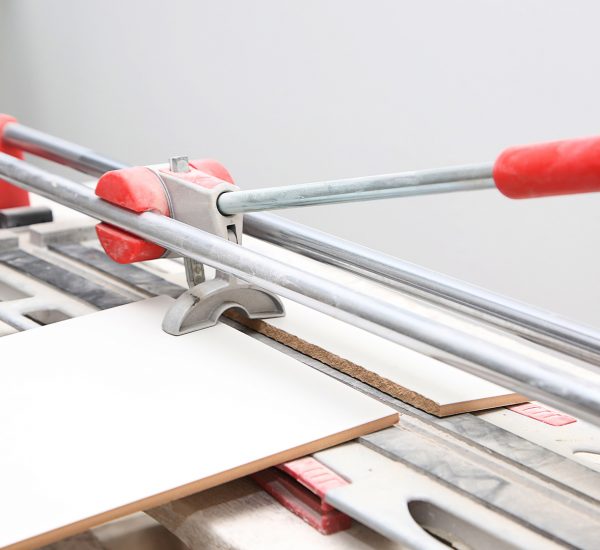Beauty and aesthetics are very crucial in the current trends of fashion and real estate. Different people have varied taste, fashion, and preference with regard to the kind of touch they can give to their indoor environments. Bringing the aesthetic value from the exterior parts of the homes into the interior designs of virtually every part of the home is the whim that everyone one craves for. Real wood is simply the decorating or building material that is derived fresh from the field whereas wood effect tiles are the kind of tiles drawn from a material such as porcelain but they are aimed at offering a more or similar utility that real wood does. The begging query as to whether wood effect tiles are a better alternative for real is the cardinal objective of the article.
The capacity to ?bring the outdoors into the indoors? has turned out the hottest design in the yester-years. Such scenarios have been prominently depicted by earthy hues application to the installed bi-fold doors. The move has managed to override the impediments between the traditional outdoor and indoor spaces. The trend has been epitomized in the natural material incorporated into the home setup. Popular flooring has embraced the use of bamboo and wicker whereby numerous homes have preferred wood flooring to lino or carpet.
Why The Change Of Heart?
The abrupt paradigm shift in consumption trend has been exacerbated by the various degrees of convenience that wood effect tile material exercise over the real wood. The superficial value of real wood is so alluring and enticing to the consumers that you cannot notice the defects of the venture. In the same vein, naturally acquired materials like real wood are given to behaving with some degree of temperament since they are not designed to cater to the desired needs of the prospective consumer.
Wood is suitable for particular sections of the home while unfit for some other areas due to varied prevailing conditions. In such scenarios, you are recommended to seek for alternative sources of the utility from suitable alternatives such as wood effect porcelain tile. The suggestion is perceived as weird but, statistics has it that wood effect porcelain tile is the most suited alternative for real wood in the numerous aspects of interior design. The material appears close in appearance to wood, more durable and a wee bit more affordable than real wood. Such an alternative is friendly to the pocket for those trying to strike a budget balance between quality and value.
There is a plethora of advantages wood effect tile has over real wood as follows:

QUALITY
Distinguishing wood effect porcelain and real wood is a really tall order. Thus it is not easy to purchase the right commodity if the acquisition process is not undertaken by experienced and seasoned individuals who have been in the industry for a significantly long time. The buyer should make sure that the transaction is made with reputable and credible dealers in order to avert confusion or fraud.
The recommendation is made as a result of the invention of technologies that are current and revolutionary which facilitate rapid, easy, and cheap embossing of the porcelain tile surface with images that are highly realistic. The images range from knots, random coloring, and patterns of the wood grain. Such moves act as a perfect mimicry of the regular patterns occurring in the natural habitat of vegetation. Depth to the tile is conferred through the use of tones in a given variation which leaves real wood outlook but the stiff porcelain tile stability.
DURABILITY AND LONGEVITY
Real wood is a good appendage to the home but then the gaping flaws tend to convince you otherwise. Wood porcelain tile effect was devised to address such challenges. Generally, wood is fairly brittle and porous. The negative properties disqualify the wood from being employed in the indoor environments that are moist such the lavatories, bathrooms, and the kitchen.
Wood is also likely to fade when subject to the direct light from the sun. On the contrary, the manufacturing of porcelain exploits dense, strong and significantly less porous material than wood and other kinds of tiles. Porcelain is very sturdy and stable when used in decoration and other uses. The benefits so derived facilitates the process of availing the natural wood environment indoors in areas where wood cannot stand the test of time in a natural setting.
PATTERNS
Wood effect porcelain tile enables you to simply achieve the outlook one desires without a lot of hassle. The material surpasses other touted real wood alternatives such as wood veneer. For instance, let us consider flooring using parquet. The pattern printing onto the surface employing veneer look awesome, but then the pattern is design-definition deficient.
The deployment of 35 by 8.5 centimeters porcelain tiles used individually tend to have a close correlation to the pattern of parquet. Furthermore, the porcelain gives you room to undertake easy creation of chevron, herringbone, or any kind or parquet pattern. The process is far much cheaper when using porcelain than when employing veneer or the respective alternatives as in the real wood blocks or the mosaic of wood veneer. You can find the tile pattern that is right for you with our tile pattern guide.

VARIETY
Wood effect porcelain has an interesting touch in that the material allows for a more rudimentary or unrefined appearance. The aspect is achieved without the employment of unrefined or primitive sources of material. Any slight use of unrefined material poses danger to the consumers when trampled underfoot. Some of the long arrays of wood effect tiles are graffiti tiles and shanty tiles which tend to create a replica look of rustic crates.
There are massive opportunities and freedom to consume numerous types of materials with a view to achieving the aesthetic value of real wood but caution, care, and discreetness are vital in order to avoid unnecessary physical and financial injuries to an individual. The bottom-line goal of home design to make the facility eye-catching but the beautification process should be done sustainably. In addition, wood effect tile alternatives are friendly to the pocket and the ecosystem. The end result should be the use of high quality and safe materials.
Verdict
Using wood effect tiles in the current times is inevitable. The materials are affordable, durable, have quality, and are friendly to the environment which is home to both fauna and flora.




